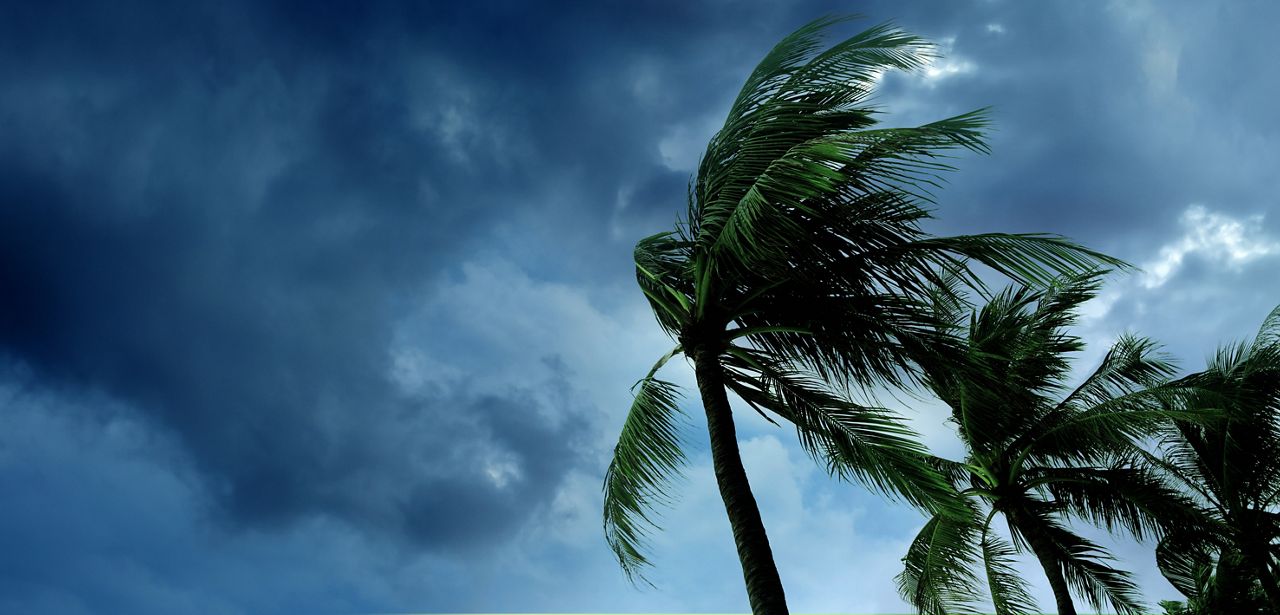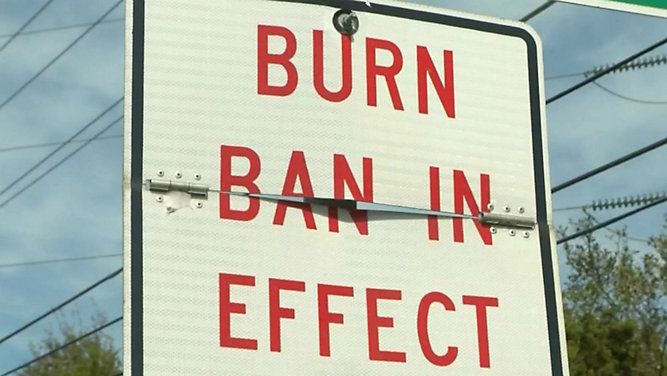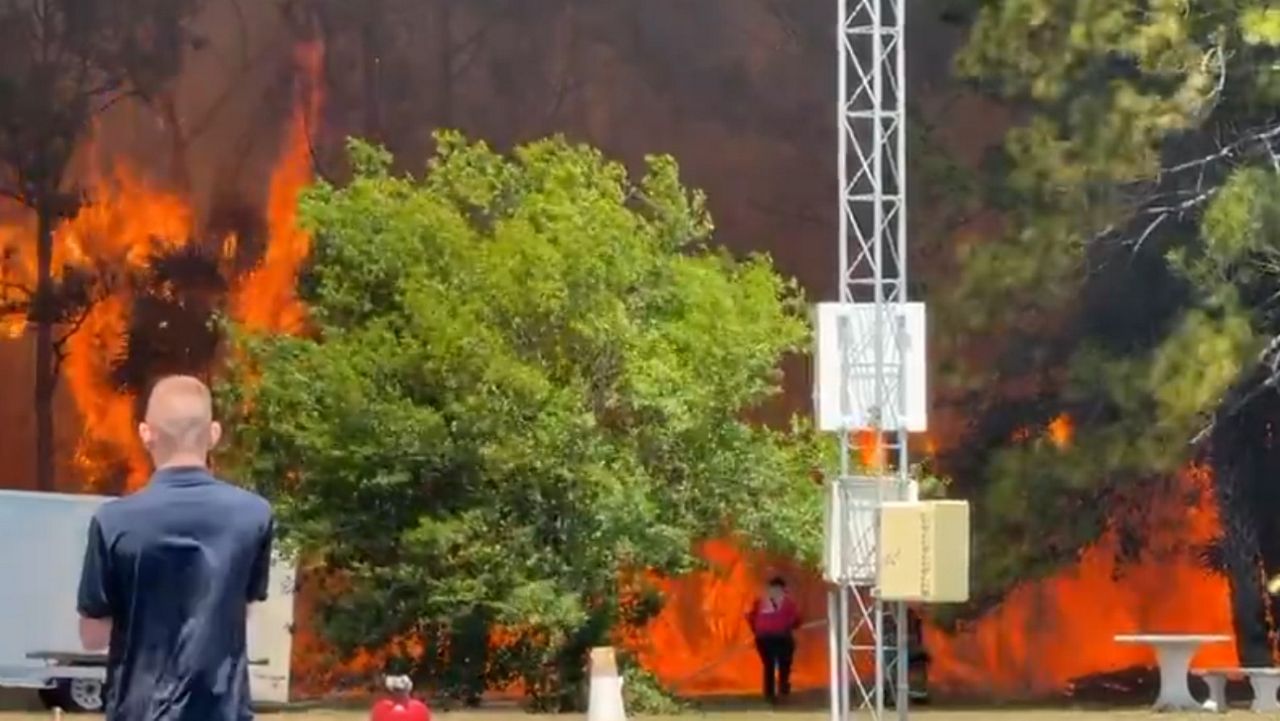We just passed the peak of the 2020 hurricane season, which has been a record-breaking one so far with 20 named storms through mid-September.
You may start to hear that the season is all downhill from here, but is that really true? Does hurricane season actually end in late November?
A typical hurricane season runs from June 1st through November 30th. The reason for this timeframe is that this is when conditions are typically favorable for tropical development.
This doesn’t mean, however, that these conditions are not possible during the other months of the year. While it is rare, offseason storms can and have occurred.
Just this year, we had two systems named before the season even began. Tropical Storm Arthur and Tropical Storm Bertha both developed in May and had an impact on the United States.
This is actually the sixth year in a row that a storm has developed in advance of the season. Most have developed in May, but we did see Tropical Storm Arlene form in April of 2017 and Hurricane Alex form in January of 2016.
Since the start of record-keeping back in 1851, 87 tropical or subtropical cyclones have developed between December and May. Of these, 22 brought rough conditions to the United States that resulted in damage and even deaths.
The most notable tropical storm was "4" back in December of 1925. Our current naming system did not start until the early 1950s, so tropical cyclones before this time were simply given numbers.
Tropical Storm 4 moved over Cuba, then tracked up the East Coast of the United States, turned toward Bermuda, and held on even to the Azores Islands of the eastern Atlantic Ocean. It caused over three million dollars in damage and caused 73 deaths.
The most notable hurricane was Alma in May of 1970. It is unknown how much damage occurred from this hurricane as it moved over Cuba and then into Florida, but it did result in eight deaths.
It’s important to note that of the 87 offseason cyclones, 47 have occurred in May. December comes in at a distant second with only 16 named systems.
The majority have been tropical storms and tropical depressions, with only 16 offseason hurricanes. The further you get away from the season, the less likely it is that cyclones will develop, and even if they do, they are typically not too strong or long-lived.

While we can’t completely let our guard down at the end of the season, only around four percent of named storms occur between December and May, based on records since 1851.
That means, in short, that the tropical season comes close to a full wrap on November 30th.








